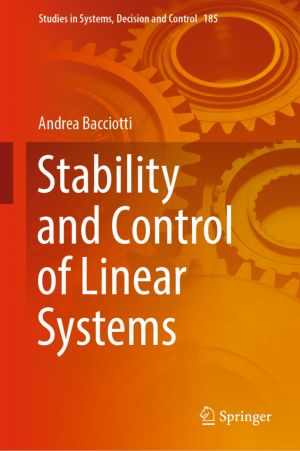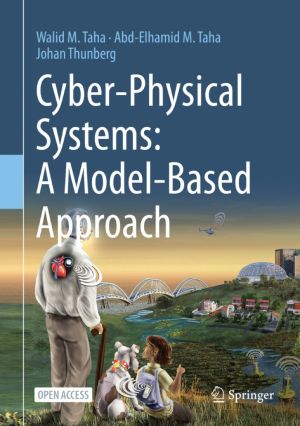Control Theory Tutorial
Basic Concepts Illustrated by Software Examples
by Steven Frank
DescriptionDetailsHashtagsReport an issue 






Book Description
This open access brief introduces the basic principles of control theory in a concise self-study guide. It complements the classic texts by emphasizing the simple conceptual unity of the subject. A novice can quickly see how and why the different parts fit together. The concepts build slowly and naturally one after another, until the reader soon has a view of the whole. Each concept is illustrated by detailed examples and graphics. The full software code for each example is available, providing the basis for experimenting with various assumptions, learning how to write programs for control analysis, and setting the stage for future research projects. The topics focus on robustness, design trade-offs, and optimality. Most of the book develops classical linear theory. The last part of the book considers robustness with respect to nonlinearity and explicitly nonlinear extensions, as well as advanced topics such as adaptive control and model predictive control. New students, as well as scientists from other backgrounds who want a concise and easy-to-grasp coverage of control theory, will benefit from the emphasis on concepts and broad understanding of the various approaches.This open book is licensed under a Creative Commons License (CC BY). You can download Control Theory Tutorial ebook for free in PDF format (3.9 MB).
Book Details
Title
Control Theory Tutorial
Subject
Engineering and Technology
Publisher
Springer
Published
2018
Pages
112
Edition
1
Language
English
ISBN13
9783319917061
ISBN10
3319917064
ISBN13 Digital
9783319917078
ISBN10 Digital
3319917072
PDF Size
3.9 MB
License

Related Books

This advanced textbook introduces the main concepts and advances in systems and control theory, and highlights the importance of geometric ideas in the context of possible extensions to the more recent developments in nonlinear systems theory. Although inspired by engineering applications, the content is presented within a strong theoretical framew...

In this concise yet comprehensive open book, future inventors are introduced to the key concepts of Cyber-Physical Systems (CPS). Using modeling as a way to develop deeper understanding of the computational and physical components of these systems, one can express new designs in a way that facilitates their simulation, visualization, and analysis. ...

Internet filtering, censorship of Web content, and online surveillance are increasing in scale, scope, and sophistication around the world, in democratic countries as well as in authoritarian states. The first generation of Internet controls consisted largely of building firewalls at key Internet gateways; China's famous "Great Firewall o...

The Raspberry Pi Pico: it's tiny, it's fast, it's versatile, and even more impressively these days it's available. And now it's got even better, with the introduction of the new internet-enabled Raspberry Pi Pico W. We'll run through the capabilities of this little board, and get you started on the road to victory with...

In the current crisis of the capitalist world system, elites promote fear of crime and terrorism to keep and expand their privileges and control the masses. This book offers an analysis of the crisis and strategies for rebellion....

This book presents theory and practice in the context of automatic control education. It presents the relevant theory in the first eight chapters,applying them later on to the control of several real plants. Each plant is studied following a uniform procedure: a) the plant’s functionis described, b) a mathematical model is obtained, c) plant cons...

